5 Common Commercial Drone Uses
RPAS (remotely piloted aerial vehicles), otherwise known as drones have changed the way many industries solve problems. Some are now able to solve these problems for the first time, while others can get the job done faster, safer, cheaper and a lot of the time with better results.
Whether it’s creating high resolution 3D renditions of a sports stadium to create a virtual tour or taking images of the underside of a bridge 50 metres above the ground to inspect for damage, drones are capable of some amazing things. Below takes a look into several uses of drones that are being used by companies all over the world today.
Agriculture
Drone operators are able to use aerial photogrammetry to create surveys of wineries, crop fields or golf courses using specialised NDVI cameras to discover areas which are failing. This is run through software which shows the farmer exactly where they need to make corrective measures saving them time, money and improving yield.
Construction
Site managers are able to use drone hire services for several uses to make sure the project finishes on time safely. Periodic progress shots and surveys of the site can be used to help plan the remainder of the project and also to spot any unsafe areas of the site. An accurate survey can also be used to take measurements on the site and calculate volumes of stockpiles to ensure there is enough of that material to finish the project. They can also be used to inspect cranes for safe use which otherwise would be very difficult.

Emergency
Drones to assist in emergency situations is being used more and more to help save and preserve lives by being able to reduce response time considerably. 2 boys struggling against a rip current in large waves were saved when a rescue drone dropped down a floatable device in which they were able to use to get to shore safely. Drones have also been known to drop water and food supplies to people in hard to reach places which would otherwise be impossible using other means. Thermal imaging cameras attached to drones are also used to help locate missing persons at night.
Engineering
Inspection of structures using drones has been of great benefit to the engineering industry. Being able to inspect pipelines, gas & power lines, wind turbines and infrastructure have enabled companies to afford to undertake inspections more often. Aerial inspections using drones have also enabled to gather data on areas that were not previously possible with climbers or helicopters due to the nature of the infrastructure. An example of this are conductors attached to tension cables on a radio tower. Being able to conduct inspections at a lower cost with no risk to human life is an easy decision for companies to adopt the use of aerial imagery using drones.
Environmental
This sector has benefited from drone operated aircraft by being able to monitor and assess the change in a landscape to determine levels of erosion or other change. Environmental issues are able to be solved with aerial applications being used for river & flood assessment, 3D surveys and volume calculations for coastal management, monitoring the flow of rivers using terrain modelling, animal population measurement and monitoring. An increasing use of drones is also using photogrammetry and LiDAR for estimating forest biomass, canopy cover, and Leaf Area Index (LAI) as well as tree level metrics such as tree height, diameter at breast height and canopy width.

The uses of drones in a commercial context are not limited to these industries and different uses for these incredible machines are being found at an increasing rate. It’s only a matter of time before a remotely piloted aircraft comes to a sky near you.


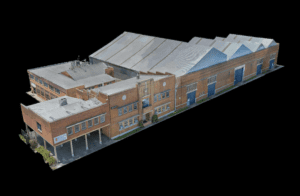
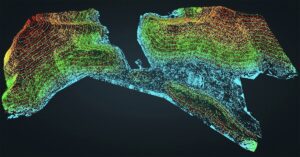
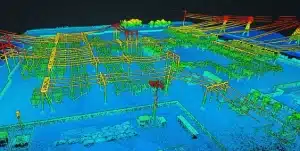
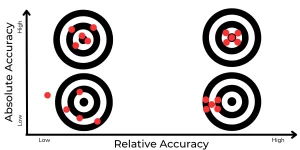
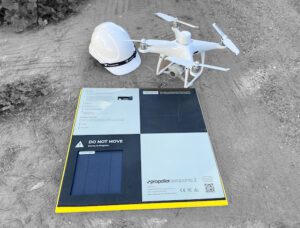
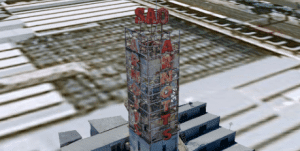
One Comment
[…] Drone Operator is the Job of the Future | High Exposure. RPAS (remotely piloted aerial vehicles), otherwise known as drones have changed the way many industries solve problems. Some are now able to solve these problems for the first time, while others can get the job done faster, safer, cheaper and a lot of the time with better results. […]